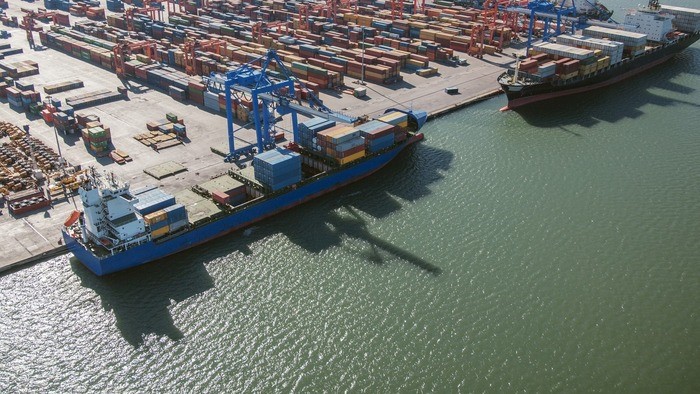What Retailers Should Know About Shipbuilding Tariffs
- By [ Blake Harden ]
- 06/12/2025
At the heart of the concern is a new origin test outlined in Annex V of the proposed action. Rather than relying on traditional customs rules that define a product’s origin based on where it was manufactured or substantially transformed, the USTR proposes to classify goods as Chinese in origin if they are produced by any company “owned or controlled by a Chinese person.” This includes not only state-owned enterprises but also any business with ownership ties to a Chinese national, regardless of where the product is actually made.
This shift departs from long-standing international norms. Under current rules, the country of origin is determined by where a product is manufactured or undergoes substantial transformation—a process that changes the product’s form, appearance, or character. These rules are foundational to customs compliance, affecting everything from duty liability to labeling and reporting obligations. Changing them for a specific tariff action introduces complexity and uncertainty for importers.

Moreover, the proposal could create conflicting obligations. If this new test if adopted, a single product might be subject to different origin rules depending on whether it is being evaluated for tariffs, antidumping duties, or marking requirements. This patchwork approach would be difficult for importers to navigate and for U.S. Customs and Border Protection (CBP) to enforce. It also risks setting a precedent that could be applied to other sectors in future trade actions, further complicating global trade relationships.
RILA has urged the USTR to reconsider this approach. While RILA supports efforts to strengthen U.S. maritime capabilities and protect national security, it argues that the proposed origin test is overly broad, administratively burdensome, and likely to create confusion across the trade ecosystem.
Tags
-
Public Policy
-
China Trade Tariffs
-
International Trade


